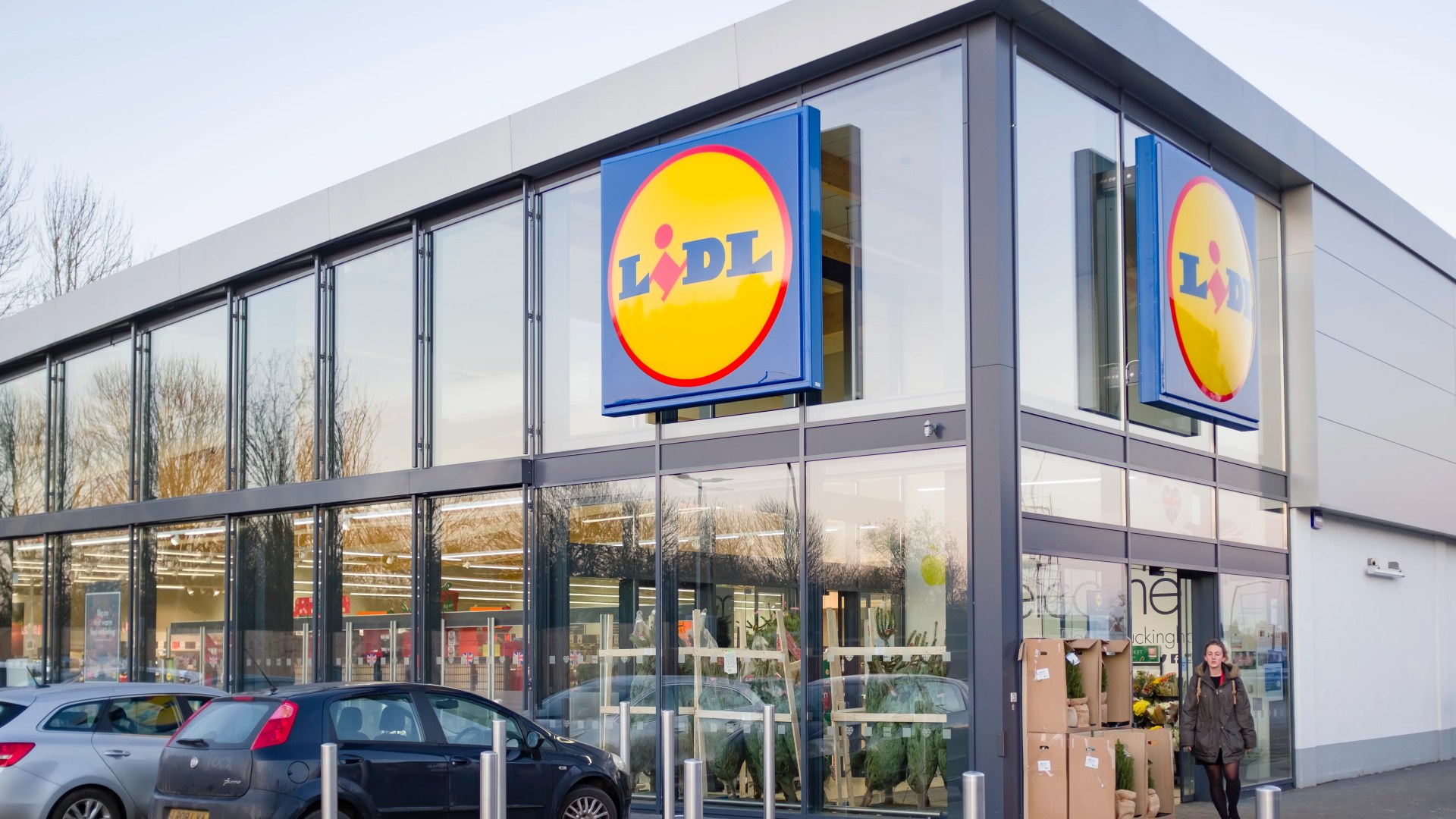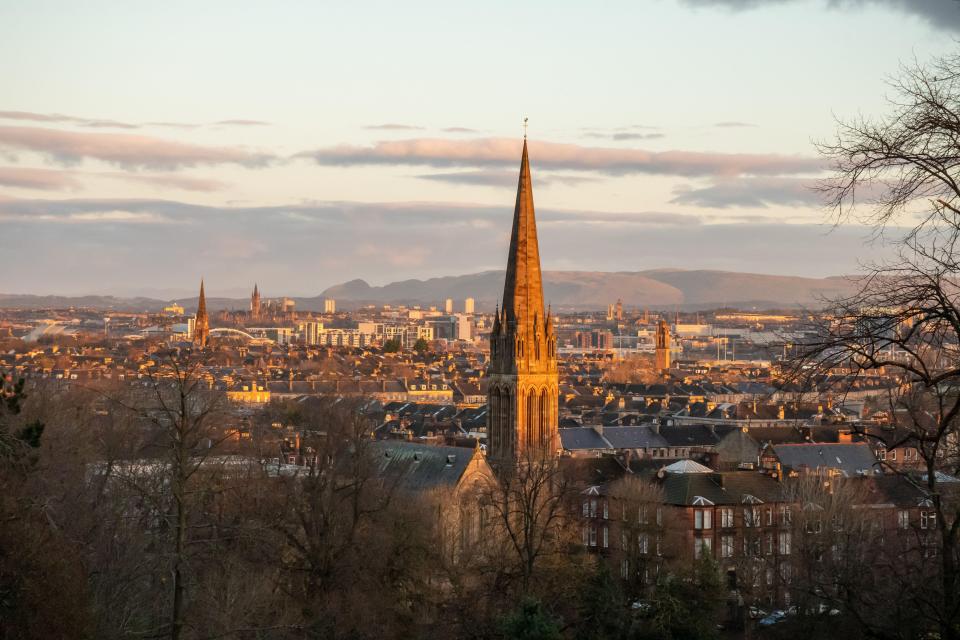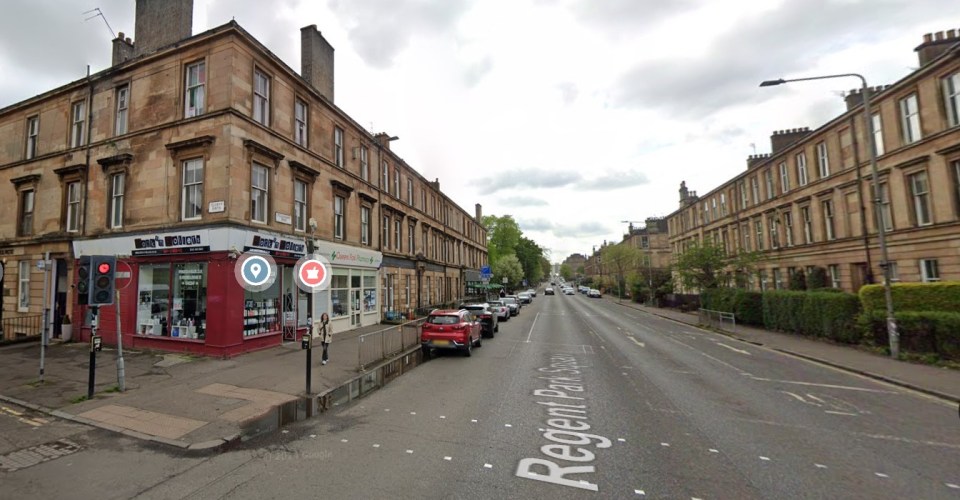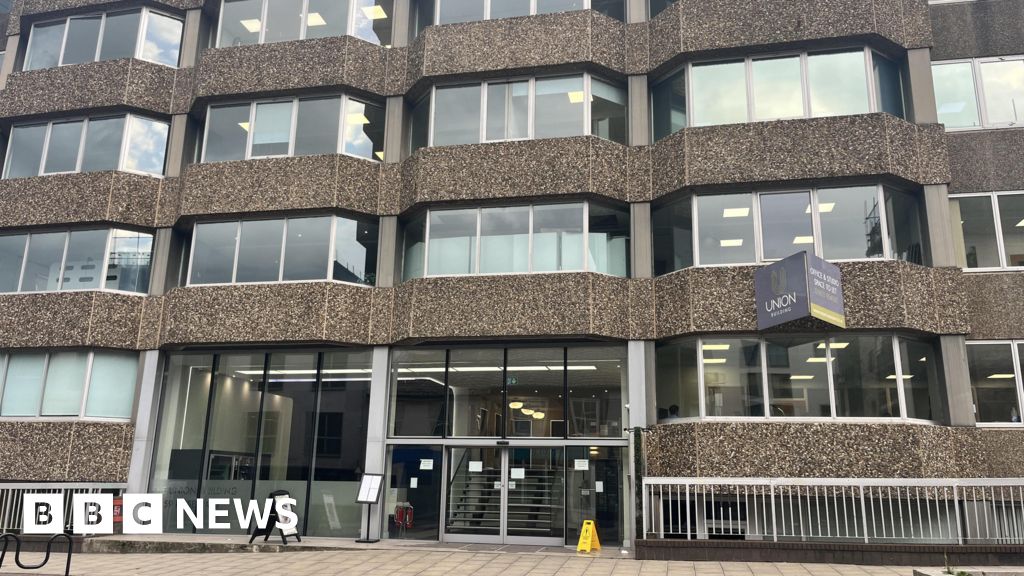“I have seen some splendid red stretches of soil planted with vines, with a background of mountains of the most delicate lilac. And the landscapes in the snow, with the summits white against a sky as luminous as the snow, were just like the winter landscapes that the Japanese have painted . . . ”
Vincent van Gogh was writing to his brother Theo days after his arrival in Provence in February 1888. Inspired by his surroundings, he produced some 300 drawings and paintings during his more than two-year stay, many of which are on show in the National Gallery’s exhibition, Poets and Lovers.
“In Provence, Van Gogh was liberated,” says Christopher Riopelle, co-curator of the London exhibition. “He underwent a self-conscious process of transformation and found a visual aesthetic that made his work truly modern.”
The “land of blue tones and gay colours” that drew the penniless artist away from the gloomy skies of northern Europe continues to hold magnetic appeal for those seeking unhurried calm. And it is being boosted by a new cultural energy. Average prices for prime property in the region increased by 22.5 per cent between early 2020 and 2023, says Kate Everett-Allen, head of European residential research at Knight Frank. “The price growth has now moved from stellar to sustainable, but stock levels remain tight.” Limited supply supports prices, she adds.

Provence is now officially categorised as part of Provence-Alpes-Côte-d’Azur, a départment encompassing a long stretch of the Mediterranean coast and its hinterland. Van Gogh’s Provence — the Provence most sought after by international buyers — was more circumscribed. He largely worked in the Roman town of Arles and its immediate surroundings. Then, after a mental health crisis, near Saint-Rémy-de-Provence, where he painted “The Starry Night”.
“The target for most buyers,” says Rudi Janssens, founder of Janssens Immobilier/Knight Frank, “are the Luberon natural park [where the Golden Triangle stretches from Gordes to Bonnieux and Ménerbes], and Les Alpilles, a low mountain range which includes Saint-Rémy, Eygalières and Maussanne-les-Alpilles.”
Van Gogh’s “Yellow House” in Arles, backdrop to “The Bedroom” and to “Chair”, is one of the world’s most famous interiors. The town house, where he rented four rooms, was the setting for an artist’s colony, and his Sunflowers paintings were created to decorate the spare room in anticipation of Paul Gauguin’s visit in October 1888.
Arles’s cobbled streets and medieval ramparts have more recently become one of France’s most important centres for art and photography. The arrival of the Luma Foundation’s creative campus and its Frank Gehry-designed The Tower, completed in 2021, have attracted a new wave of contemporary artists through an exciting programme of exhibitions, which this year has included Judy Chicago, William Kentridge and Theaster Gates.

“Arles has always been a popular tourist destination but it had no real estate market, certainly not at the luxury end,” says Janssens. “Since Luma launched [in 2021] French buyers drawn by the art scene have bought here, and prices have gone up by almost 24 per cent over the past four years.”
Prices in Arles are around €350,000-€400,000 for a two or three-bedroom apartment or terraced house, though larger homes on the outskirts sell for more than €1mn. A 5.8 hectare estate, in the countryside on the threshold of the Camargue, with two houses, a swimming pool, tennis and pétanque courts, is on the market with Knight Frank for €1.98mn.
In Provence, international buyers — many from Belgium and the UK — account for more than half of purchasers at the top of the market (where prime property starts from €1mn, “super-prime” homes sell for between €3mn and €8mn). These incomers are mainly seeking the grand bastides (manor houses originally built by prosperous farmers from the end of the 17th century), or the red-roofed mas, vernacular stone farmhouses whose origins date back to Roman times (one such six-bedroom house in Ménerbes is on the market at €2.85mn through Knight Frank). Even in Van Gogh’s time the bastides were used as summer houses by wealthy Marseillais. Today, a nine-bedroom house near Cadenet is listed for €1.995mn (Savills).
International buyers are mostly looking for properties that have been modernised, with heated swimming pools, summer kitchens, and, most importantly, climate control. “Air conditioning is now mandatory,” says Valérie d’André of Actuel Immobilier in Aix-en Provence. “Buyers also want a garden and trees to keep the temperature down.” People are willing to pay a premium for an easier life too, she adds: “There can be a 20-25 per cent difference in price between a renovated property and one which needs work, largely due to the high cost of renovation.”

Janssens sees a difference in demand from domestic and overseas house-hunters. “International buyers are looking for something ‘authentic’, where they don’t want to do any work; the French are more likely to be interested in a village house from the 1960s, 1970s or 1980s close to towns like Saint-Rémy, which are lively all year round.”
English interior designer Lorraine Goble, who has lived in Provence for nearly a decade, cites its wide-ranging attractions. “We’re spoilt with events, from the traditional Camargue bulls paraded in the streets to jazz, pop and classical concerts set in arenas and vineyards. You can be as busy or as restful as you like.” She is now selling the third house she has renovated in Saint-Rémy.
Transport improvements since Van Gogh arrived by steam train are accelerating still: Marseille Provence Airport aims to become France’s second airport. A recently completed extension was designed by Foster + Partners and it is taking in new destinations, including plans for direct flights to the US. There is also the no-fly option of Eurostar to Avignon. Other forms of communication are also faster: during his stay, Van Gogh wrote more than 200 letters, but most villages in the Luberon and Les Alpilles now have access to fibre broadband.
All of which is bolstering property prices. “Though the pace of growth has moderated this year, prices have risen by 5 per cent,” says Everett-Allen, “making Provence France’s second best-performing market after Chamonix.”
Find out about our latest stories first — follow @ft_houseandhome on Instagram



































































































































You must be logged in to post a comment Login